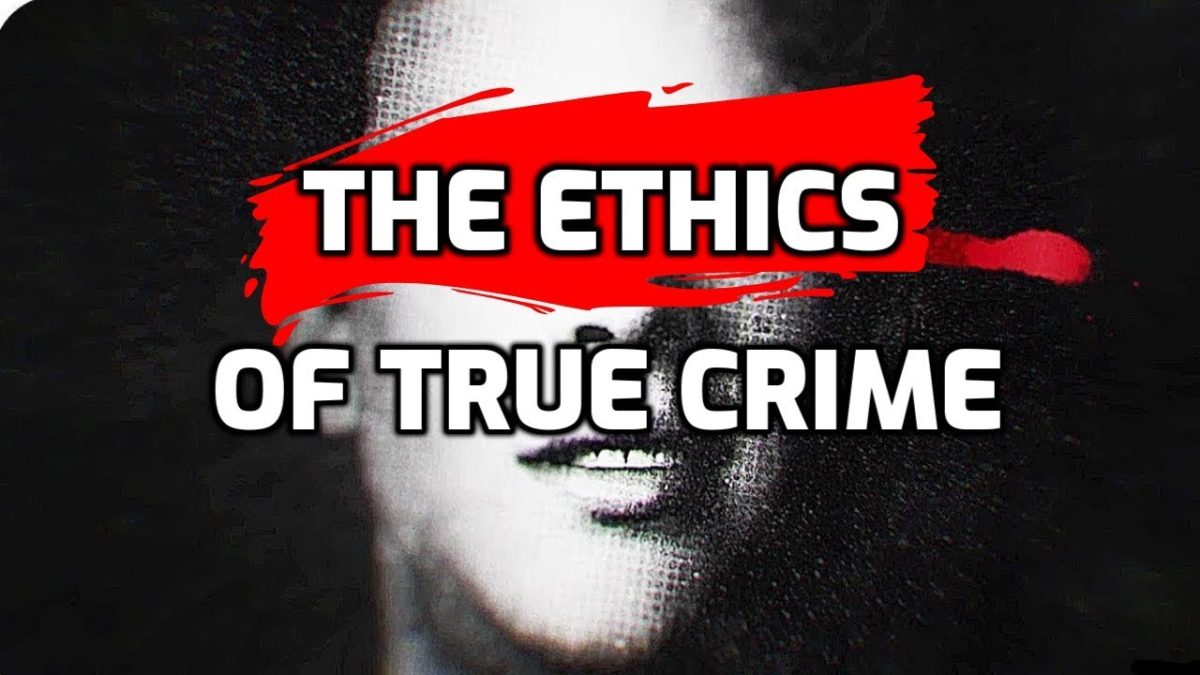True crime content is everywhere. In podcasts, TV shows, documentaries, and social media. The main debate concerns spreading awareness, infringing on free speech, and retraumatizing people associated with the crimes.
“There’s been 11 hardback books on me,” John Wayne Gacy, infamous serial killer, told a reporter the night before his execution in 1994. “Thirty-one paperbacks, two screenplays, one movie, one Off-Broadway play, five songs, and over 5,000 articles. What else can I say about it?”
How can one defend the continuous gruesome detail that makes the newest exclusive on a story?
After Netflix premiered their show “Monster” depicting a dramatized version of the lives of Erik and Lyle Menendez. Two brothers who were convicted in 1989 for the murder of their parents, José and Kitty Menendez. It’s been getting heavy backlash from the entertainment angle of this story.
Many people argue that true crime fulfills a natural curiosity. But how do we know if these audiences are engaging out of genuine interest in criminal justice or if this content is just another form of entertainment? Many people say that true crime caters to voyeurism, which feeds off gruesome details to attract more viewers through the newest shock value.
One of the most intense ethical criticisms is often concerning how the victims and their families are affected. True crime content often tells stories through the perspective of law enforcement or journalists, which ultimately puts the voices of those directly affected on the back burner. Nearly 8 years ago Rosalee Clark’s family was brutally murdered. A book titled Wedderburn comes out as an exposé, the cover depicts a tiny blue wren: her mother’s favorite bird, perched on the handle of the knife that killed her brother. Clark tells a reporter that seeing it broke her. “We’re treated as fodder,” Clark adds, “we’re fuel for people’s fascination.” This raises the essential question: Who has the right to tell these stories, and how?
Another controversial aspect is how true crime content often appears to glamourize or humanize these murderers. Documentaries like the Conversations With A Killer series, Crazy, not insane, and many more create a sort of sympathy and morbid fascination with the killers. Though these documentaries do start a meaningful debate on the ethics of the death penalty, and bring awareness to many early childhood mental health issues, they often oversimplify them to meet the hour mark on the screening.
Many true crime narratives reduce these complex issues such as mental illness, systemic inequality, and police misconduct into more digestible and dramatic plot points. This distorts the realities of crime and justice, it reinforces stereotypes and overlooks many of the root causes. Crimes committed against marginalized communities, for instance, often receive less media attention which skews the public perception of who is affected by violence.
What is the solution?
- Getting consent from victims’ families in the production process and not revealing sensitive details. I believe the podcast ‘crime junkies’ does a fantastic job of both applying factual information and keeping people close to the victims in mind.
- Compensation, such as offering families financial compensation to prevent exploitation. During the filming of the most recent Dahmer show on Netflix, the families of the victims were not offered any of the royalties.
- Avoiding sensationalism by creating a balance between storytelling and respect. It is the duty of the storyteller to be factual and not exaggerate details for shock value.
- Creating clear content warnings by informing audiences about potentially triggering content before they engage.
In conclusion, creators must recognize that these are not just stories but real lives that have been impacted by crime and loss. Audiences, too, have a role to play by evaluating content with respect and questioning whether entertainment justifies the cost.










